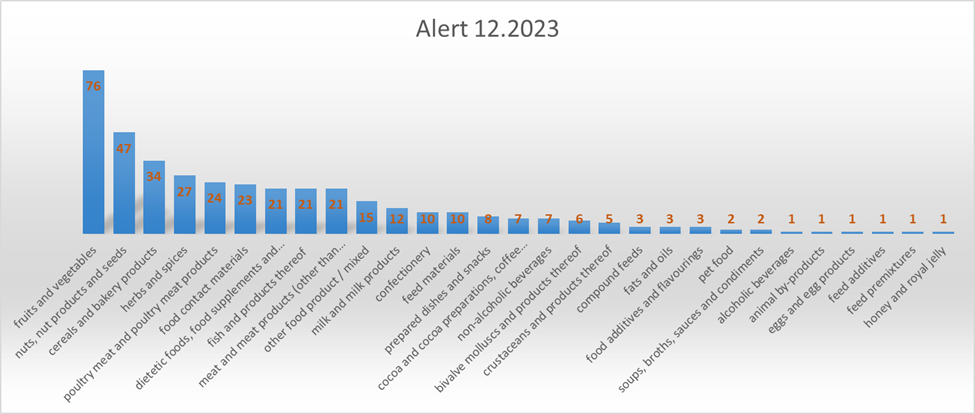On 27 March 2025 Commission Regulation (EU) 2025/581 amending Annex II and IV to Regulation (EC) No 396/2005 of the European Parliament and of the Council as regards maximum residue levels for Cycloxydim, Dichlorprop-P, Flupyradifurone, Potassium phosphonate in or on certain products:
- For Cycloxydim in Pome fruits, Peas (with pods), Maize/corn, Sugar beet root there is a change in increasing MRLs compared to the current. Specifically:
|
Foods |
MRL after |
MRL current |
|
Pome fruits |
0.4 |
0.09 |
|
Peas (with pods) |
9 |
2 |
|
Maize/corn |
0.3 |
0.2 |
|
Sugar beet roots |
0.3 |
0.2 |
- For Dichlorprop-P, there are changes in MRLs of some products in the cereal group. Specifically:
|
Foods |
MRL after |
MRL current |
|
Barley |
0.2 |
0.1 |
|
Oat |
0.2 |
0.1 |
|
Rye |
0.2 |
0.1 |
|
Wheat |
0.2 |
0.1 |
- For Flupyradifurone the Authority did not identify risks to consumers in the Union, can be considered safe. Therefore the existing MRL should be raised . Specifically:
|
Foods |
MRL after |
MRL current |
|
Pineapples |
0.3 |
0.01 |
|
Sunflower seeds |
0.7 |
0.8 |
- For Potassium phosphonate, the Authority concluded that the long-term intake of residues resulting from the new proposed uses of potassium phosphonates is unlikely to present a risk to consumer health and that considering the toxicological profile of the active substance, a short-term dietary risk assessment is not required, Specifically:
|
Foods |
MRL after |
MRL current |
|
lettuces and salad plants |
200 |
150 |
|
Watercresses |
1.5 |
90 |
|
Globe artichokes |
150 |
100 |
|
Poppy seeds |
1.5 |
200 |
|
Barley |
1.5 |
80 |
|
Oat |
1.5 |
80 |
|
Rye |
80 |
1.5 |
It shall apply from 17/04/2025.
Please see detail in the link: https://eur-lex.europa.eu/eli/reg/2025/581/oj/eng


